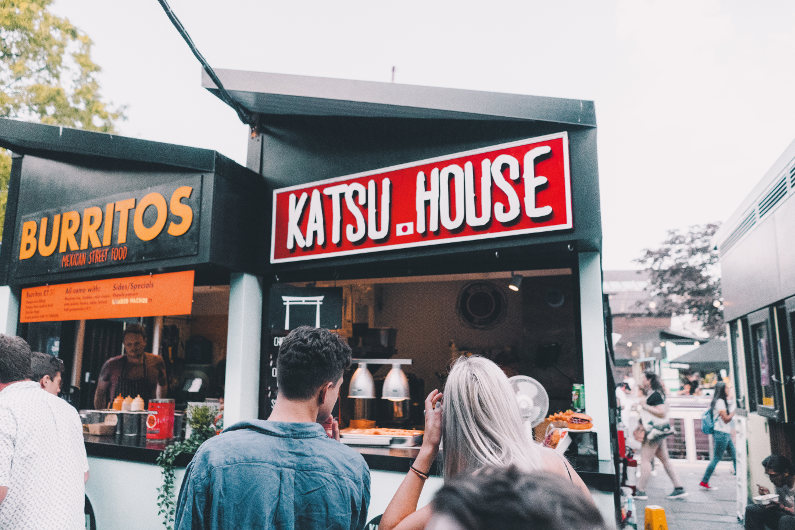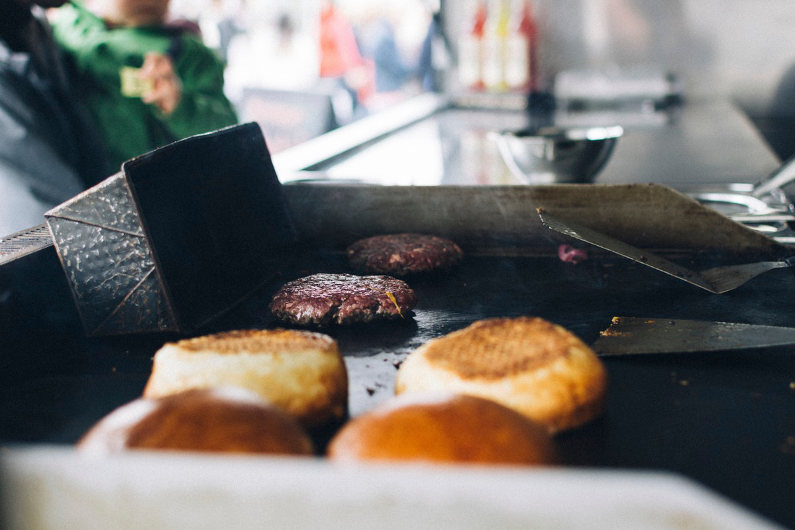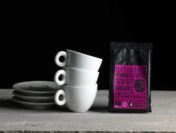In 2018, we can experience a huge range of exciting food and drink events and exhibitions. Eventbrite discovered that the number of food and drink events hosted on its platform is increasing each year, moving away from traditional, formal dining towards a more casual, unique dining experience.
After examining 40,000 food and drink events, the pop-up dining experience was the trend that appeared to be developing the quickest — recording 82% growth. Search volumes for street food also grew by 80% between 2014 and 2016. What is happening to how we choose to dine?
Seven out of ten adults claim that their main frustration with standard restaurant dining is the waiting for food. So, it’s no surprise that people are gravitating towards the new dining experience.
LPG gas tank provider, Flogas, explores the rise of pop-up food stalls and how the UK dining scene is evolving…

Pop-up food businesses in the UK
According to a 2,000-person Eventbrite survey, 75% of pop-up event attendees are happy to pay more for a pop-up dining experience. 50% would also fork out extra to watch a chef prepare their food. It seems that once popular chain and franchise restaurants can no longer tempt customers with their relaxed atmospheres and competitive prices.
What else matters to people who go to pop-up food events? With 66% of all UK adults describing themselves as passionate about food and drink, the UK is becoming a foodie nation. It’s no surprise that for 84% of survey respondents, it was a unique menu or theme that attracted them to pop-up food. This was followed by events held at memorable locations (76%) and occasions that promised to be a one-of-a-kind experience (74%).
Is the traditional, formal dining experience gone forever? Chef Melissa King, the creator of pop-up restaurant, Co+Lab, believes that creating a unique event works both ways: “There are so many chefs out there. They have their restaurants, their day jobs, but they’re looking for something more. That’s what the pop-up culture offers them. They are able to take over someone’s space for only a few hours and convert it into their own identity. It’s not just about the food, it’s about creating a memorable experience for the guests.”
Pop-up food events also benefit the employer, not only the consumer. They’re opportunities for chefs looking for a new challenge or to promote their favourite dishes. What was once a place for the greasy spoon white food van is now a place for local food businesses to showcase a variety of delicacies and new recipes — from Indian and Italian to Peruvian and Caribbean.
Has street food changed?
There’s been an 80% rise in popularity of street food in the past two years — so what’s special about it and has it changed since it properly launched in the UK? UN-FAO statistics claim that street food is now eaten by an estimated 2.5 billion people worldwide and StreetFood.org.uk had some 2,800 members with over 7,000 units serving food across the UK as of 2015.
In many countries, such as those in the Far East, street food is a way of life — but it has only relatively recently become popular in the UK. A fledgling artisan industry in the UK, street food has proven popular as the produce available is usually inexpensive, provides a nutritional source that is based on traditional knowledge and often follows the seasonality of farm production.

If you’re searching for a lucrative business opportunity that doesn’t come with mega start-up costs, a street food stall might be it. General guidelines suggested by The Hub detailing that a small second-hand catering trailer or market stall could be acquired for under £5,000. A report by the Nationwide Caterers Association acknowledges that a fully equipped market stall can be bought for around £3,000 and a food truck for an estimated £10,000.
Charlie Morse, a street food seller believes: “Street food as a trend is certainly growing, although it’s still not at the same level as in New York. I think it will die off a little as a trend and then become a normal, everyday offer. A lot of office workers go to street food stalls to buy their lunch and eat something healthy, cheap and different.”
The future of dining
Are we truly falling out of love with formal, sit-down dining? Evidently, money is no longer the main decision maker for where to eat — people are now willing to pay more for something different. Seated meals are slipping in popularity, and instead, pop-up restaurants and street food have carved the way for casual dining and a one-of-a-kind experience.
Sources:
https://trajectorypartnership.com/wp-content/uploads/2015/07/SaclaReport_v19FINAL.pdf
http://www.fao.org/3/a-i2474e.pdf
http://www.highspeedtraining.co.uk/hub/street-food-business/
http://www.changemakers.com/sites/default/files/the_street_food_revolution_document_final_1_0.pdf




